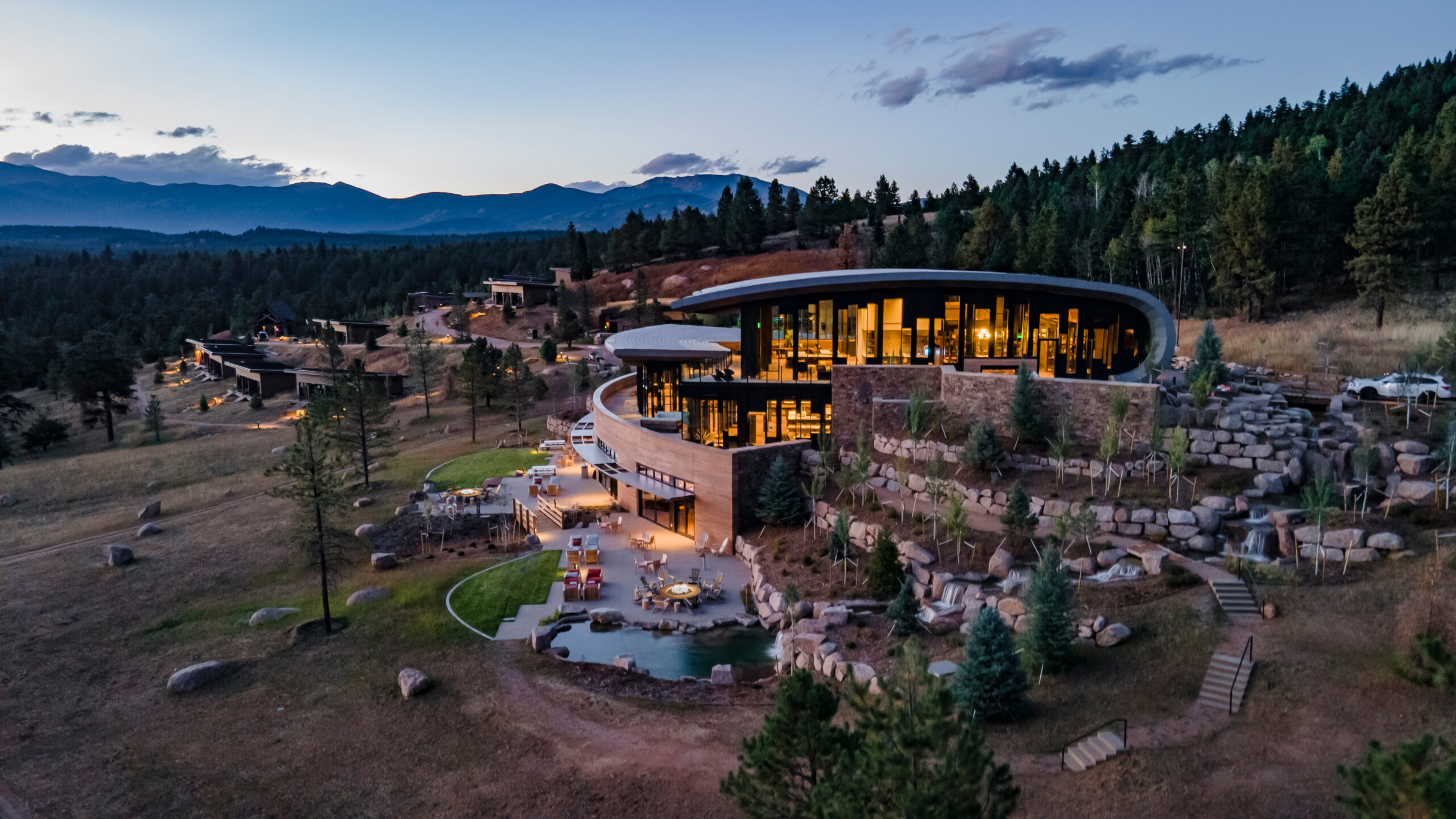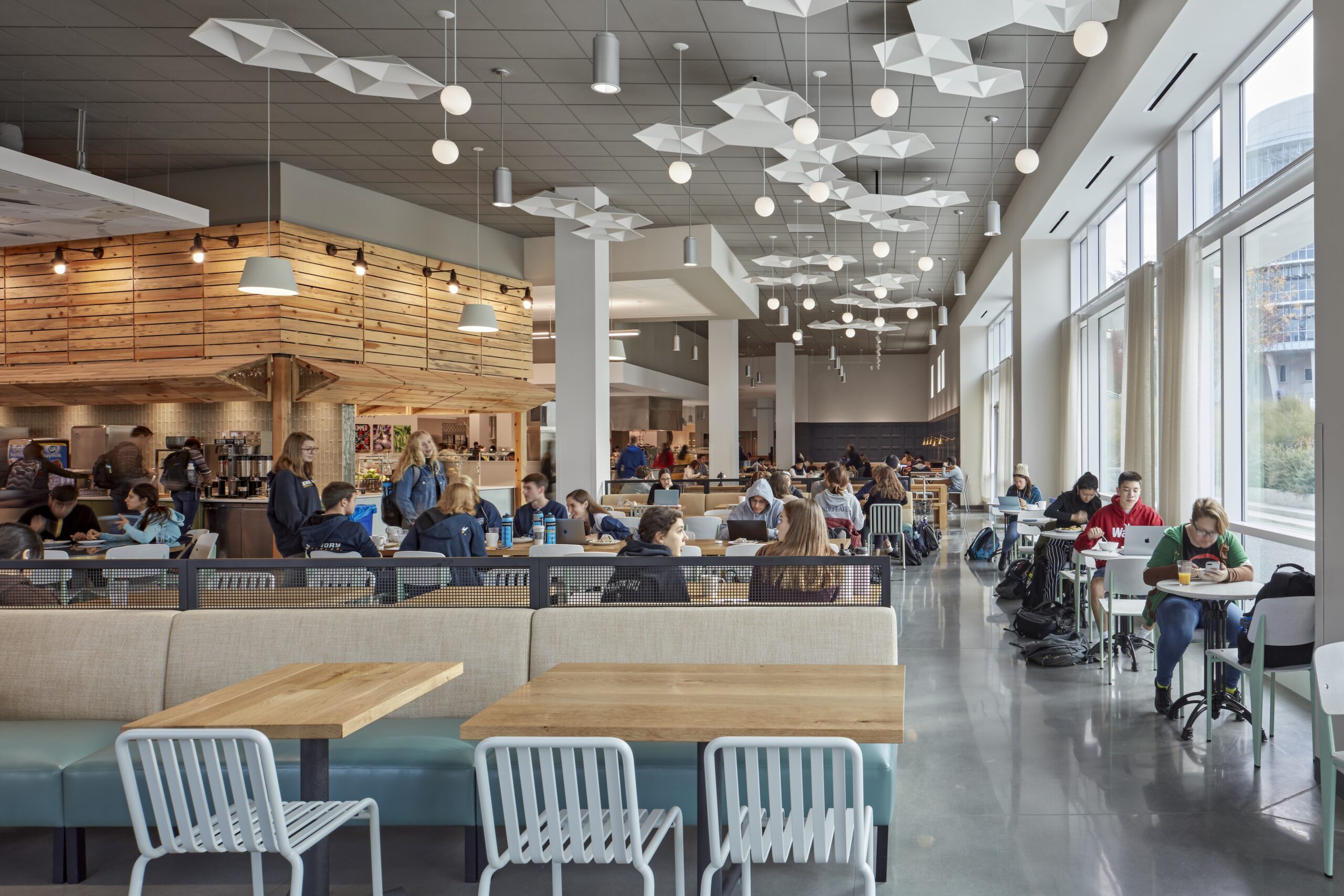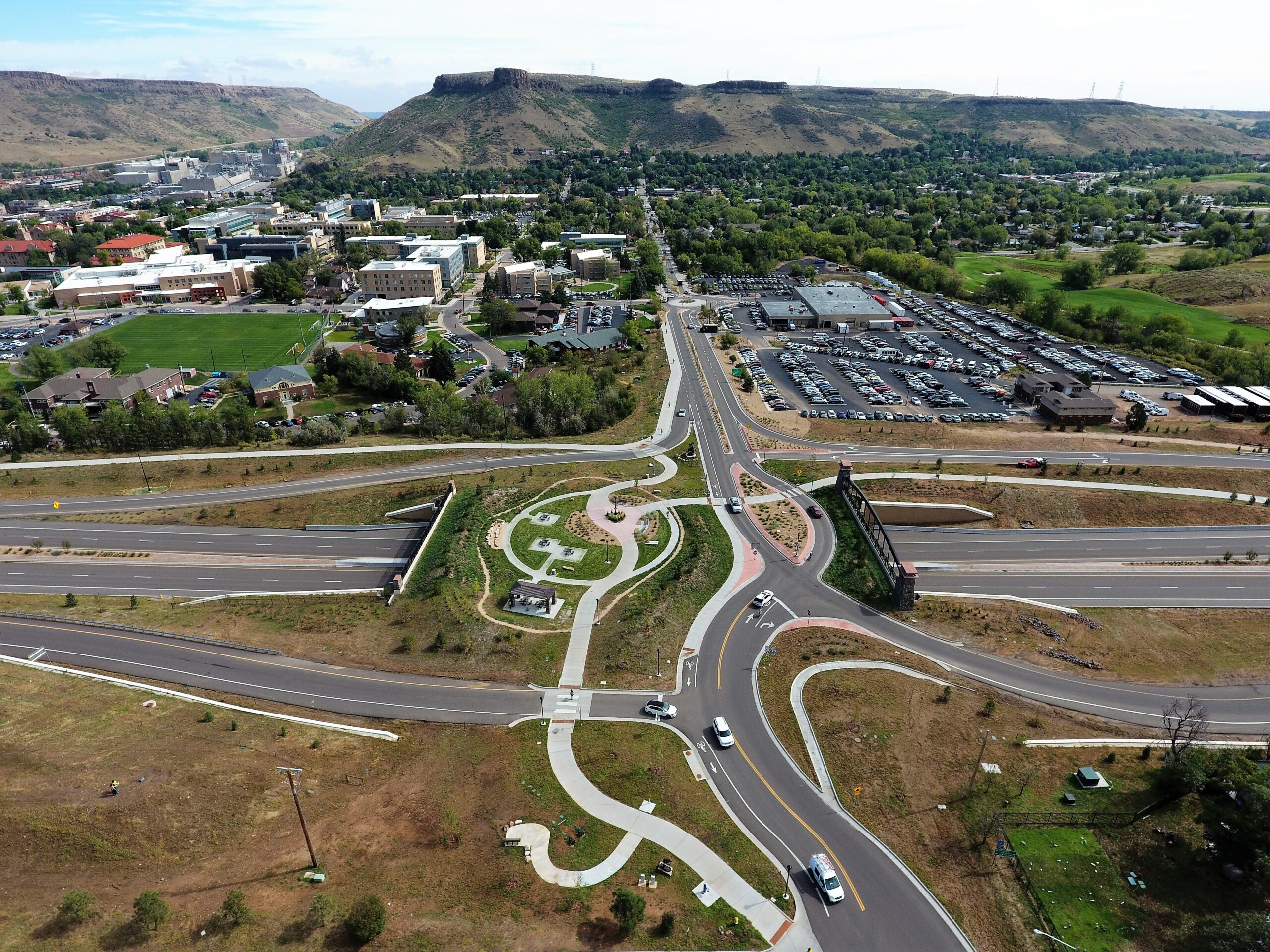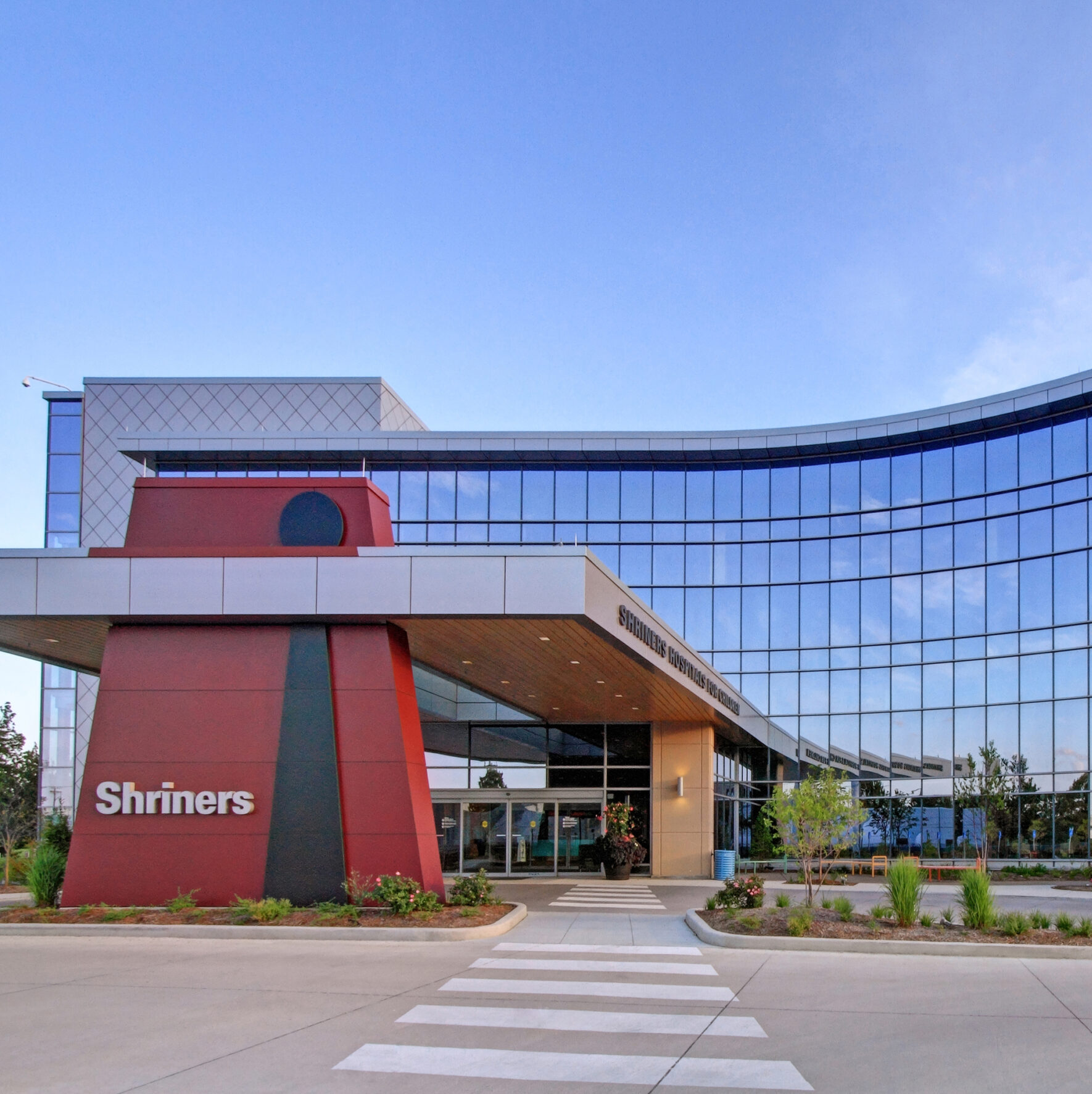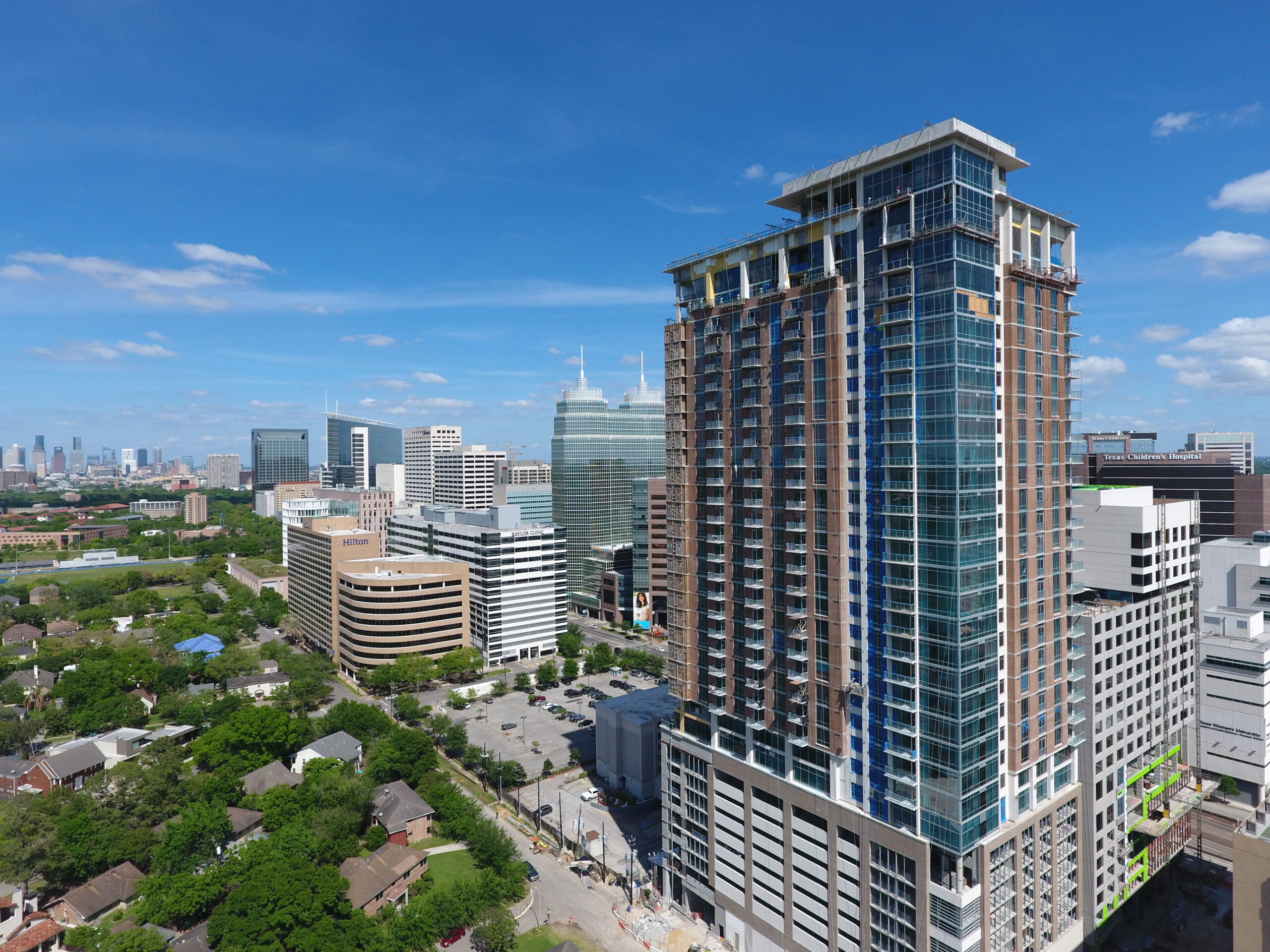Community Geothermal System
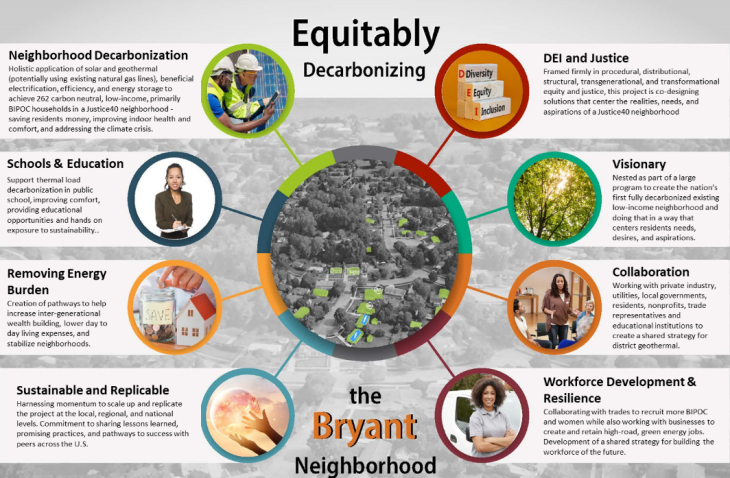
The project: IMEG is leading the analysis and design of a community-scale geothermal system for the City of Ann Arbor, MI, one of five similar projects selected and funded by the U.S. Department of Energy’s (DOE) Geothermal Technologies Office. The project focuses on the city’s Bryant neighborhood, an underserved, energy-burdened community of 262 households, 75 percent of which are considered low-income; over 50 percent of residents are minorities and 50 percent are renters. The neighborhood is directly adjacent to the city’s capped landfill and a busy highway system. Prone to flooding and with extremely low tree canopy coverage, the neighborhood also lacks natural system amenities largely enjoyed in all other areas of the city.
Goals: 1) Design a community-scale geothermal system that covers at least 75% of the heating and cooling load for all 262 households as well as for a local school, a county community mental health service center, and the City of Ann Arbor’s public works facility. 2) Lower the neighborhood’s greenhouse gas emissions by 40%, significantly improve indoor air quality, eliminate the energy burden for low-income residents, and enhance year-round comfort. 3) Crystallize community-centered design and support for creating the nation’s first fully decarbonized existing low-income neighborhood in America by providing a series of resident-centered and resident-designed engagement activities. 4) Receive second-phase funding from the DOE to deploy the system.
Design approach: In phase 1, the team collected data on existing HVAC systems in the project geography to assess loads, age and end of life, and opportunities to improve efficiency. This data plus detailed hourly load profiles of natural gas and electricity usage for all sites was integrated into an energy model of the community, from which the team sized geothermal field(s) for 100% load and hybrid solutions.
The team developed a conceptual design, coordinated with city and residents, and worked with local contractors to develop a working economic model. The team also developed a plan to scale the system and the workforce to adjacent neighborhoods and across the city to support greater adoption of geothermal and other decarbonization technologies.
For the phase 2 deployment of the system, the city received a $10.8 million grant from the DOE. The City will finance another $11.1 million toward the cost of the project, which is expected to be operational in 2028.
Challenge: Determine best locations for inserting geothermal wells and routing underground pipelines while minimizing disruption and gaining resident buy-in. Solution: The team will assess the feasibility of proposed designs through design charettes with residents, geothermal experts, and directional drilling experts as well as conduct a neighborhood impact assessment.
Expected outcome: When operational in 2028, the system will cover at least 75% of the heating and cooling load for the households, school, adn other community facilities. Its design and construction will serve as a model of what can be done to effect substantive energy and environmental solutions to improve all kinds of communities.
PROJECT HIGHLIGHTS:
- Vision: Create the nation’s first fully decarbonized low-income neighborhood
- Neighborhood decarbonization: Holistic application of solar, geothermal, electrification, and energy storage
- Schools and education: Provide educational opportunities and exposure to sustainability
- Removal of energy burden: Lower day-to-day living expenses and stabilize neighborhood
- Sustainable and replicable: A model to replicate at the local, regional, and national levels
- Diversity, Equity: Solutions reflect the realities, needs, and aspirations of a Justice40 neighborhood
- Collaboration: Private industries, utilities, residents, nonprofits, trades, and educational institutions
- Workforce development: Work with trades to recruit more BIPOC and women and create green energy jobs
